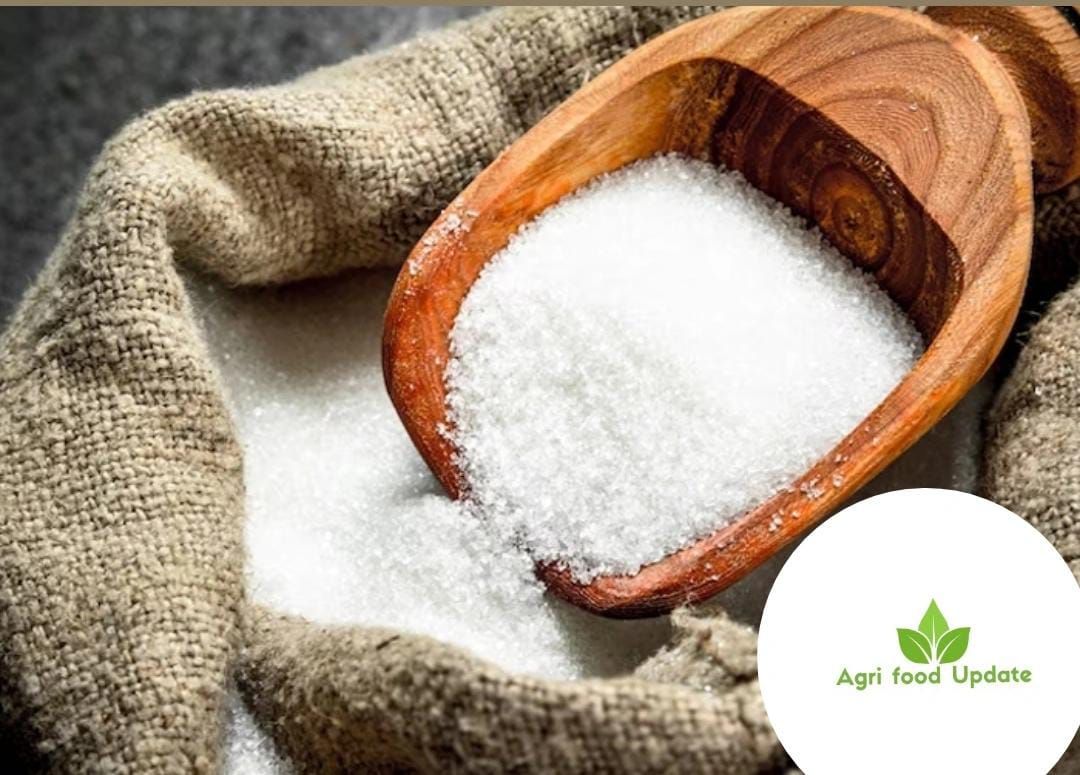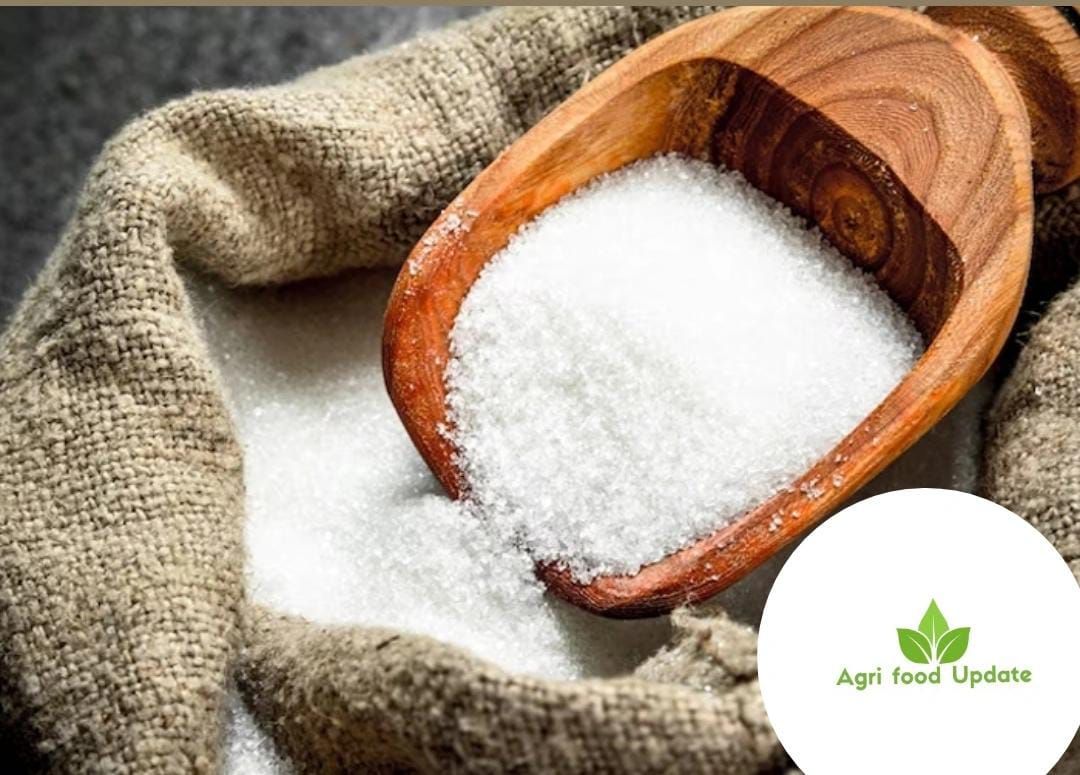
The FAO Food Price Index averaged 128.8 points in September, down from 129.7 in August — a 0.7 % drop month‑on‑month.
Though it dipped in September, the index is still 3.4 % higher than a year ago, but remains ~19.6 % below its March 2022 peak.
| Commodity | Change (Aug → Sep) | Cause / Notes |
|---|---|---|
| Sugar | –4.1 % | Prices fell to the lowest since March 2021; abundant production in Brazil and favorable harvest outlooks in India & Thailand drove the drop. |
| Dairy | –2.6 % | All sub‑sectors were lower — butter dropped ~7 %, milk powders softened — amid weak global demand and stronger supply, especially from Oceania. |
| Cereals | –0.6 % | Wheat, maize, and rice prices fell due to large harvests and softer demand. |
| Vegetable Oils | –0.7 % | Palm and soybean oil prices weakened, outweighing gains in other oils. |
| Meat | +0.7 % | Meat prices hit a record high, driven by strong beef demand and tight supply. |
Consumers in many regions may enjoy some relief — or at least a slower pace of food price increases — especially for sugar and dairy.
Producers and exporters of sugar and dairy might face pressure on margins if costs don’t fall in tandem.
The mix of falling prices in staples but rising meat prices signals shifting dynamics in global supply, demand, and food inflation pressures.
For countries that depend on food imports, this slide could ease import bills, but volatility remains — weather, trade policy, or disease outbreaks could reverse the trend quickly.



